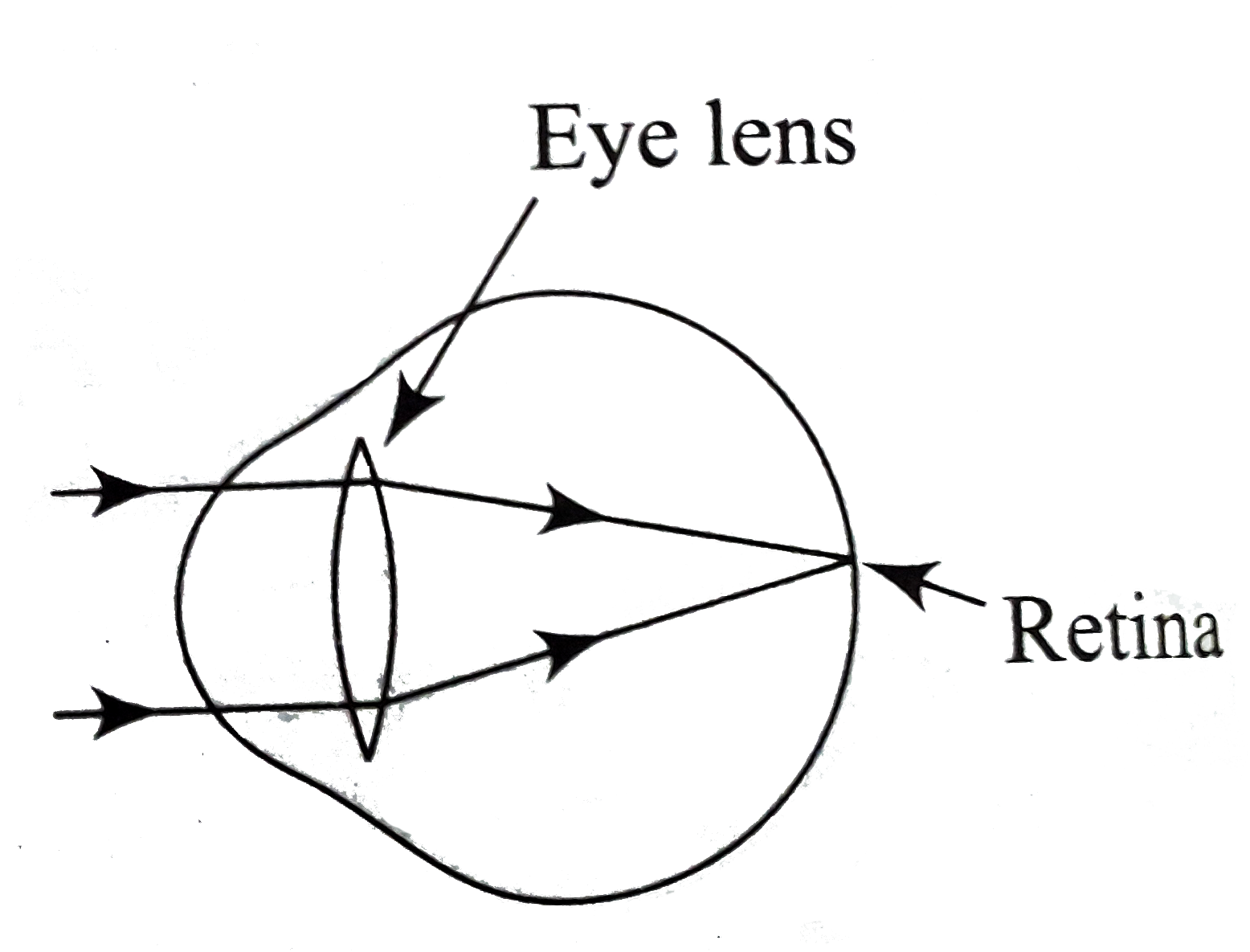A person cannot see objects clearly beyond 125 cm. The power of the lens to correct the vision is
−2D
+2D
−0.8D
+0.8D
The correct Answer is:C
Step by step video & image solution for A person cannot see objects clearly beyond 125 cm. The power of the lens to correct the vision is by Physics experts to help you in doubts & scoring excellent marks in Class 12 exams.
Updated on:21/07/2023Topper's Solved these Questions
Similar Questions
A person cannot see objects clearly beyond 50.cm. The power of lens to correct the vision
View SolutionA farsighted person cannot see objects placed closer to 50 cm. Find the power of the lens needed to see the objects at 20 cm.
View SolutionA nearsighted person cannot clearly see beyond 200 cm. Find the power of the lens needed to see objects at large distances.
View SolutionA person cannot see beyond a distance of 50 cm.The power of corrective lens required to see distant object is
View SolutionA person cannot see distinctly object kept beyond 2 m. This defect can be corrected by using a lens of power
View SolutionA person cannot see objects clearly that are closer that 1 m and farther than 5 m. To correct the eye vision, the person will use
View SolutionThe ciliary muscles of eye control the curvature of the lens in the eye and hence can alter the effective focal length of the system. When the muscles are fully relaxed, the focal length is maximum. When the muscles are strained, the curvature of lens increases. That means radius of curvature decreases and focal length decreases. For a clear vision, the image must be on the retina. The image distance is therefore fixed for clear vision and it equals the distance of retina from eye lens. It is about 2.5cm for a grown up person.
A perosn can theoretically have clear vision of an object situated at any large distance from the eye. The smallest distance at which a person can clearly see is related to minimum possible focal length. The ciliary muscles are most strained in this position. For an average grown up person, minimum distance of the object should be around 25cm.
A person suffering from eye defects uses spectacles (eye glass). The function of lens of spectacles is to form the image of the objects within the range in which the person can see clearly. The image o the spectacle lens becomes object for the eye lens and whose image is formed on the retina.
The number of spectacle lens used for th eremedy of eye defect is decided by the power fo the lens required and the number of spectacle lens is equal to the numerical value of the power of lens with sign. For example, if power of the lens required is +3D (converging lens of focal length 100/3cm ), then number of lens will be +3.
For all the calculations required, you can use the lens formula and lensmaker's formula. Assume that the eye lens is equiconvex lens. Neglect the distance between the eye lens and the spectacle lens.

Q. A person can see objects clearly from distance 10cm to ∞. Then, we can say that the person is
View SolutionA person suffering from defective vision can see objects clearly only beyond 100 cm from the eye. Find the power of lens required so that he can see clearly the object placed at a distance of distinct vision (D = 25cm)
View SolutionA far sighted person cannot see object clearly al a distance less than 75 cm from his eyes. The power of the lens needed to read an object al 25 cm is
View SolutionA person with a myopic eye cannot see objects beyond 1.2m distinctly. What should be the type of corrective lens to restore proper vision ?
View Solution
